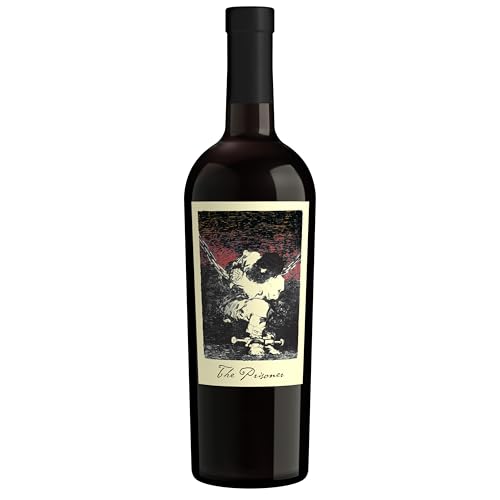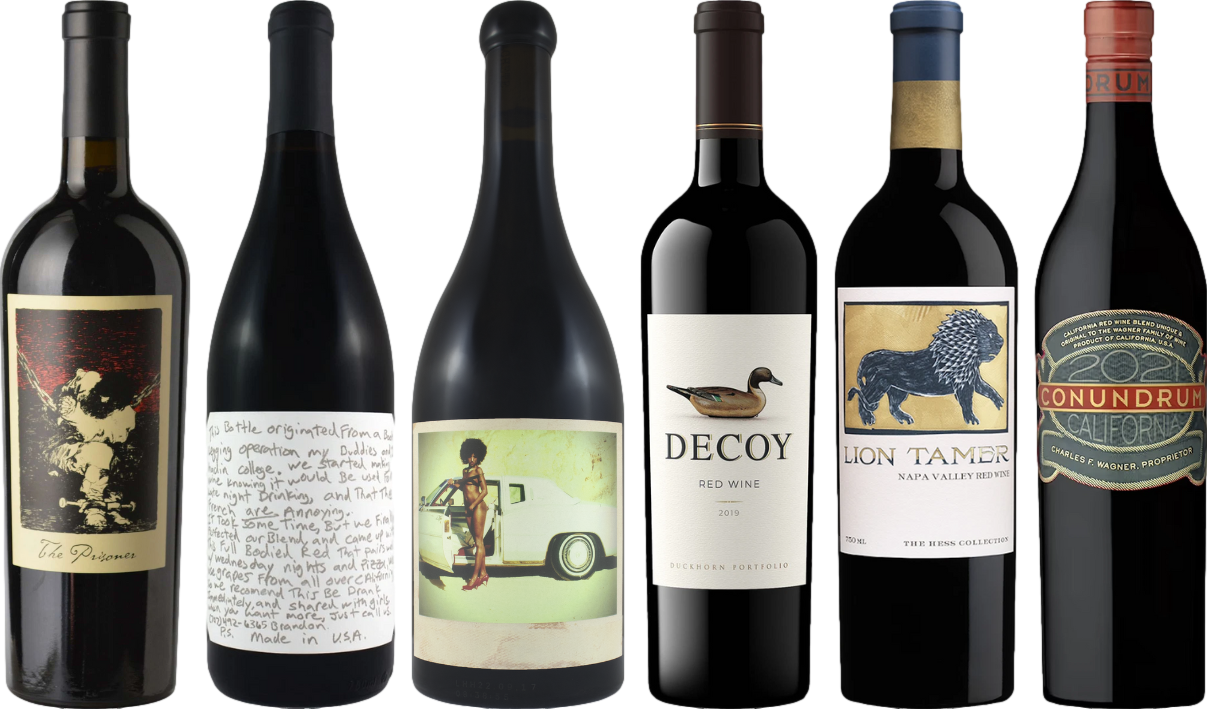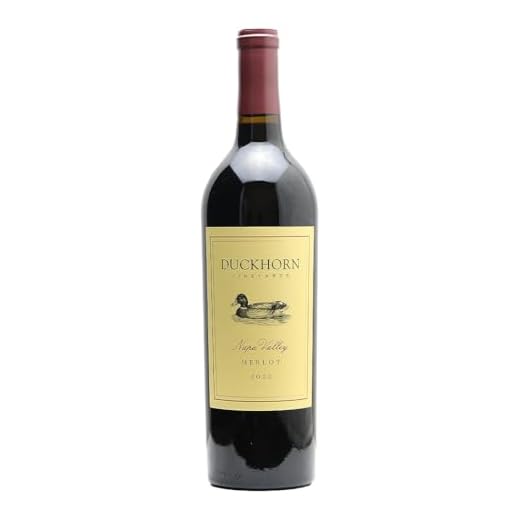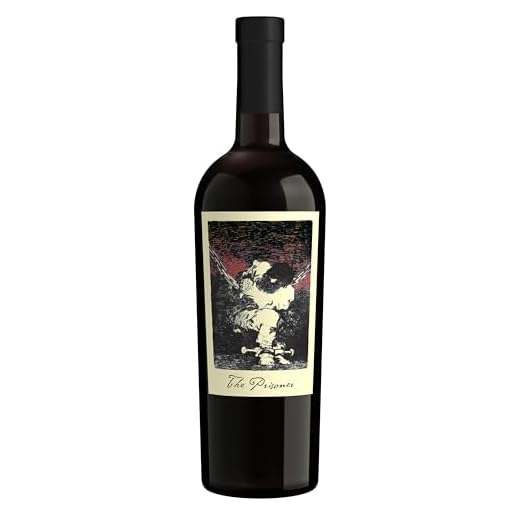

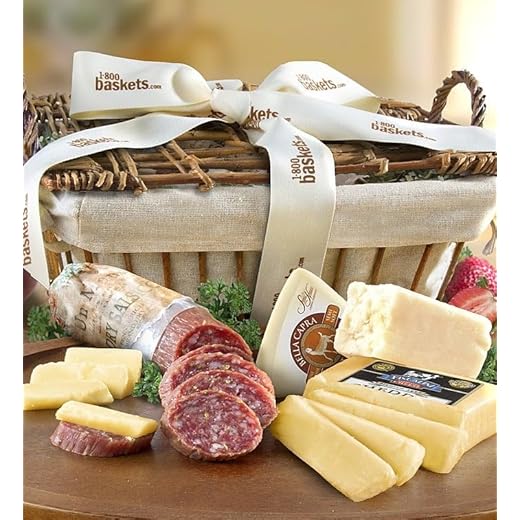

For those seeking a delightful experience, many selections from this region can indeed offer a notable degree of sweetness. Varietals such as Zinfandel and Petite Sirah often present fruit-forward profiles, with ripe berry flavors that can impart a perception of sweetness even in drier styles.
When exploring options, consider labels that specifically mention residual sugar content or tasting notes highlighting fruity characteristics. Wines crafted in a fruit-driven style, often produced in warmer climates, tend to enhance those sweet notes. Merlot and Grenache are also excellent choices for those who appreciate a softer, sweeter palate.
Pairing these selections with rich, savory dishes can elevate the overall tasting experience, allowing the natural sweetness to complement the food. The beauty of these wines lies in their versatility, making them suitable for various occasions, from casual gatherings to more formal dinners.
Is California Red Wine Sweet
Not all varietals from this region are sugary. For instance, Zinfandel often has a fruity profile but can range from dry to off-dry, depending on the winemaker’s style. If you’re looking for something less sweet, consider Cabernet Sauvignon, which typically showcases bold flavors without residual sugar.
For those who prefer a sweeter taste, look towards some Merlot or certain blends that may incorporate grape varieties known for their natural sugars. Some producers intentionally craft their wines to highlight these characteristics, leading to a more luscious experience on the palate.
When choosing a bottle, check the label for terms like “off-dry” or “semi-sweet,” which indicate the presence of some sweetness. Tasting notes can also provide insight; look for descriptors such as “jammy” or “fruity,” which may suggest a sweeter style.
Pairing is essential; sweeter options complement spicy dishes or rich desserts beautifully. If you’re unsure about the sweetness level, visiting local tastings can help refine your palate and guide your selections.
In summary, while many varieties lean towards a drier profile, there are excellent selections available that offer a touch of sweetness. Exploring these options will enhance your appreciation for this diverse category.
Understanding Sweetness Levels in California Red Wines
To determine the sweetness profile of wines from this region, focus on the residual sugar content, which directly influences the taste. A wine with less than 1 gram of residual sugar per liter is considered dry, while those with higher levels may exhibit noticeable sweetness. Many varietals, such as Zinfandel and Merlot, often have fruit-forward characteristics that can give the impression of sweetness even with minimal sugar.
Key Varietals and Their Profiles
For example, Zinfandel, known for its bold berry flavors, may seem sweeter due to its ripe fruit notes, despite being classified as dry. In contrast, varietals like Cabernet Sauvignon typically maintain a less fruity and more tannic profile, offering less perception of sweetness. Exploring these different types will enhance your understanding of how perception can vary based on the grape used.
Practical Tips for Selection
When selecting a bottle, check the label for indications of sweetness. Terms like “off-dry” signal some residual sugar, while “dry” usually indicates minimal sweetness. Engaging with knowledgeable staff at wine shops can also provide insights tailored to your palate preferences. Remember to pair your selections thoughtfully with food to balance flavors, maximizing your tasting experience. If you’re curious about other cleaning tips, can you safely clean a rain jacket in the washing machine find out here.
Key Grape Varieties Contributing to Sweetness
To pinpoint the primary varietals that impart a notable sweetness to these beverages, consider Zinfandel, which often showcases ripe fruit flavors and hints of jam, resulting in a luscious profile. Merlot, with its smooth texture and berry notes, can also lend a pleasing softness that many find appealing.
Another key player is Syrah, known for its bold fruit characteristics and occasional notes of chocolate and spice, which can create an impression of sweetness even without high sugar levels. Grenache often contributes to blends, offering ripe red fruit flavors and a certain roundness that enhances the perception of sweetness.
Other Noteworthy Varietals
Cabernet Sauvignon, while typically more structured, can express ripe fruit and subtle sweetness when sourced from warmer regions. Tempranillo, commonly associated with rich fruit and spice, may also add to the overall sensation of sweetness in certain styles.
In blending, the interplay between these varietals can elevate the overall experience, leading to products that balance acidity and sweetness harmoniously. Exploring these grapes will enhance your understanding of how sweetness is achieved in various expressions.
How Winemaking Techniques Affect Sweetness
To control the sweetness of a beverage, several techniques play a pivotal role during production. Understanding these methods can help in selecting the right bottle for your palate.
- Fermentation Control: Stopping fermentation before all sugars are converted into alcohol can yield a more sugary profile. Winemakers may chill the must or add sulfur dioxide to halt yeast activity.
- Late Harvesting: Grapes left on the vine longer can develop higher sugar concentrations. This process often enhances the overall flavor complexity as well.
- Use of Noble Rot: Botrytis cinerea, or noble rot, concentrates sugars in the grapes, leading to richer flavors and a pronounced sweetness. This technique requires specific climatic conditions to be effective.
- Fortification: Adding distilled spirits during fermentation elevates alcohol content and preserves residual sugars. This method is common in creating luscious and rich styles.
- Blending: Combining various batches allows for balancing sweetness levels. A drier batch can counterbalance a sweeter one, resulting in a more harmonious final product.
Each technique not only influences sweetness but also impacts the overall profile. Understanding these methods can greatly enhance your appreciation of what’s in your glass. Choose wisely based on these insights, and enjoy the diverse spectrum of flavors available.
Identifying Sweet Red Wines from California
To pinpoint the luscious offerings from this region, focus on specific labels and styles known for their fruit-forward profiles and residual sugar content. Look for dessert-style options like Port or Zinfandel blends that often carry a more pronounced sweetness.
Here are some recommended selections:
| Wine Name | Varietal | Notable Characteristics |
|---|---|---|
| Quinta do Noval Black | Port Blend | Rich, jammy flavors with chocolate notes, ideal for dessert pairings. |
| Ravenswood Old Vine Zinfandel | Zinfandel | Intense berry notes with a hint of sweetness, great with barbecue. |
| St. Francis Winery Late Harvest Zinfandel | Zinfandel | Overflowing with ripe fruit flavors and syrupy texture, perfect for sipping. |
Check the label for terms like “Late Harvest” or “Dessert” to identify wines with higher sugar levels. Tasting notes often describe flavors like ripe berries, chocolate, or even caramel, which can indicate a sweeter profile.
To enhance your selection process, consider visiting local wineries or wine shops that allow tastings. Engaging with knowledgeable staff can lead to discovering hidden gems that suit your palate.
Food Pairing Tips for Sweet California Red Wines
Consider pairing these luscious beverages with rich, savory dishes. Beef short ribs braised in a tangy sauce enhance the wine’s fruitiness, while barbecued meats bring out the depth of flavors.
Cheese Pairings
For a delightful cheese experience, opt for creamy blue cheeses or aged cheddar. These varieties balance the sweetness, creating a harmonious palate experience.
Dessert Combinations
When serving a dessert, try chocolate-based options like molten lava cake or dark chocolate truffles. The rich cocoa notes complement the fruity qualities beautifully, making for an indulgent finish to any meal.
For a lighter touch, fruit tarts with berries or poached pears accentuate the wine’s natural fruit flavors, offering a refreshing contrast.
Popular California Regions Known for Sweet Red Wines
For those seeking delightful, luscious options, Napa Valley stands out with its rich offerings. The warmer climate here allows grapes to ripen fully, enhancing their natural sugars. Look for Zinfandel and Merlot from this area, often exhibiting a jammy sweetness that pleases the palate.
Sonoma County is another hotspot, known for diverse terroirs. The Alexander Valley produces exceptional Petite Sirah, known for its bold flavors and sweet undertones. Additionally, Russian River Valley is celebrated for its Pinot Noir, which can showcase a charming fruitiness and soft sweetness, making it approachable and versatile.
If you’re exploring the Central Coast, Paso Robles should be on your radar. This region excels with its robust blends, particularly those featuring Grenache. The warm days and cool nights create an ideal environment for developing rich, fruity notes paired with a hint of sweetness.
The Sierra Foothills also deserve mention, where old vine Zinfandel can be found. These wines often deliver a delightful concentration of fruit flavors, balanced by a natural sweetness that makes them suitable for various occasions.
Lastly, the San Joaquin Valley produces excellent value options. Here, you can find approachable and fruit-forward selections that often feature a sweeter profile, great for casual gatherings or picnics.

